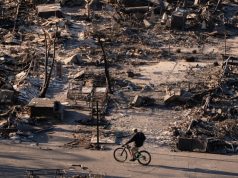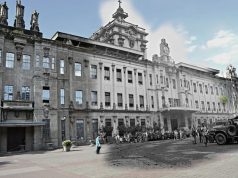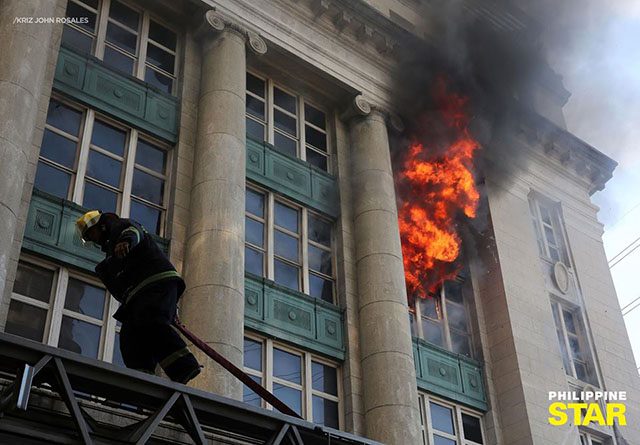
The Juan Luna Building caught fire on the morning of May 28, 2018. Affected by the blaze is the National Archives of the Philippines, housed in the almost-century old structure.
Those who understand the value of history also know what the nation stands to lose should its most vital records end in ashes.
Not just another fire
The fire began around past midnight at the nearby Land Management Bureau. By eight in the morning, the fire had spread to the Juan Luna building.
JUST IN: The National Archives of the Philippines admin office is burning. Heard that a lot of documents dating back to the Spanish colonial period are there. Imagine some of our historical memory lost forever. They had been warned before. Sigh. I weep. Photo frm Stephen Pamorada pic.twitter.com/rmHugF49fH
— Kristoffer Pasion (@indiohistorian) May 28, 2018
Concerned citizens have also checked up on the safety of the various historical documents believed to be part of the national archives.
A prevailing point of discussion is the storing of important publications in vaults and digitization of documents.
The Juan Luna building of the National Archives is among several offices where they store the documents and records. Reports say that documents were recovered from the fire.
An explanation of how the tragedy could have been averted has also surfaced in the public sphere.
Just for context and for (future) planning purposes, FYI, in December 2014, we facilitated the negotiations for this FIVE-HECTARE compound in UP Diliman that could've kept our National Archives at a safe distance from fire hazards (such as offices relating to land titling). pic.twitter.com/GhosaN0XdF
— Marco S (not Marcos) (@MALVSIII) May 28, 2018
Now, if only the National Archives had a five-hectare compound where it’s not at risk of catching fire.
Oh wait, that’s right, that’s exactly what we offered them in 2015/2016. ? (Believe me, the Director was informed thusly.)
— Marco S (not Marcos) (@MALVSIII) May 28, 2018
Brought to life by RA 9470, the National Archives of the Philippines was formed in 2007 with the purpose of collecting and safekeeping important documents and other primary sources of historical knowledge.
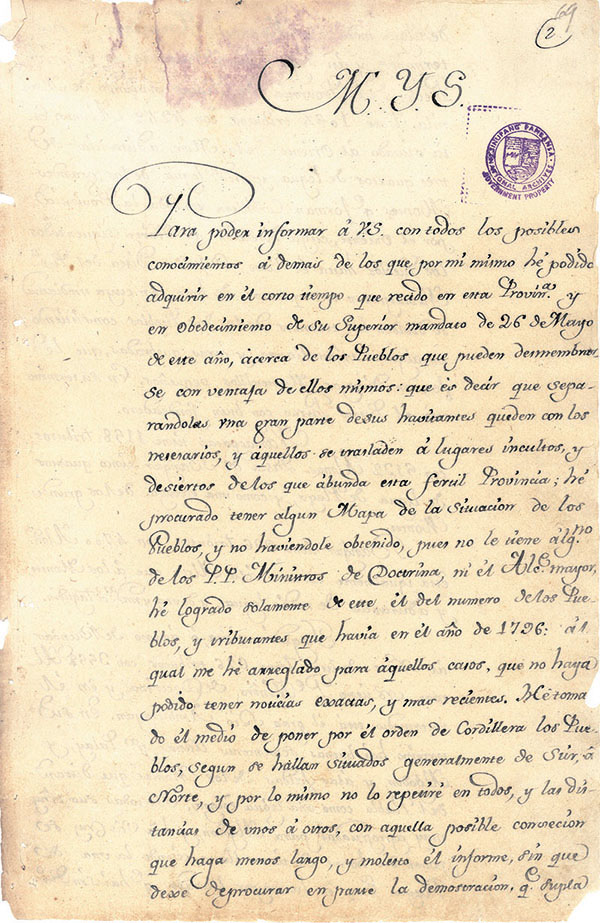
RA 9470 traces its legislative genealogy to the 1898 Treaty of Paris itself, which stipulated the cession of documents by the Spanish to the Americans through the establishment of the Office of Archives.
Included in the archives is at least 60 million documents and records from the Spanish, American, and Japanese occupations, the oldest dating back to as early as the 16th century.
The archive contains sources of knowledge about early Philippines such as research findings, laws, maps, and land grants.
The building where the archive was housed, the Juan Luna E-services building, by its own right is regarded as a living artifact.
Originally known as the First National City Bank, the building was constructed in the 1920s and is known for its distinct architecture that sets it apart from other buildings in the area.
One Twitter user compiled some facts about the Juan Luna building and the historical significance of the area it is situated in.
Calle Analogue, as the street where it can be found was once known, was also the location of Kapitan Tiago’s abode in Jose Rizal’s El Filibusterismo.
As of this writing, there has been no assessment of the damage to the affected property.
History in ashes
Filipino heritage safekeeping efforts have seen difficult times in recent years.
In March 2016, the University of the Philippines Diliman Faculty Center burnt down after a ten-hour blaze. Archival records and heaps of research work by students and faculty are believed to have been lost in the blaze.
Before renewed public interest in recent years, even the National Museum struggled to preserve its relevance to the public.
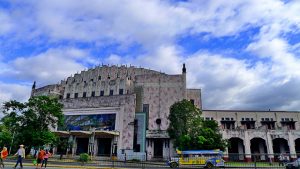
The Manila Metropolitan Theater, once regarded as the center of arts and culture in the country, fell into deterioration for the past few decades until efforts to restore it to its former glory began in early 2016.




